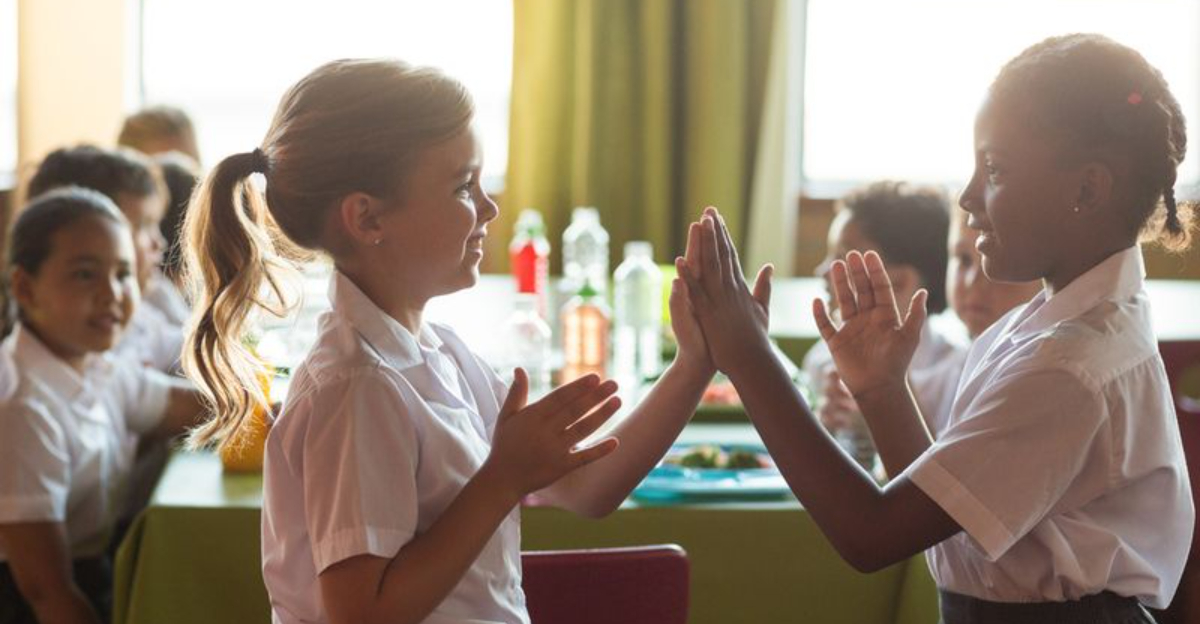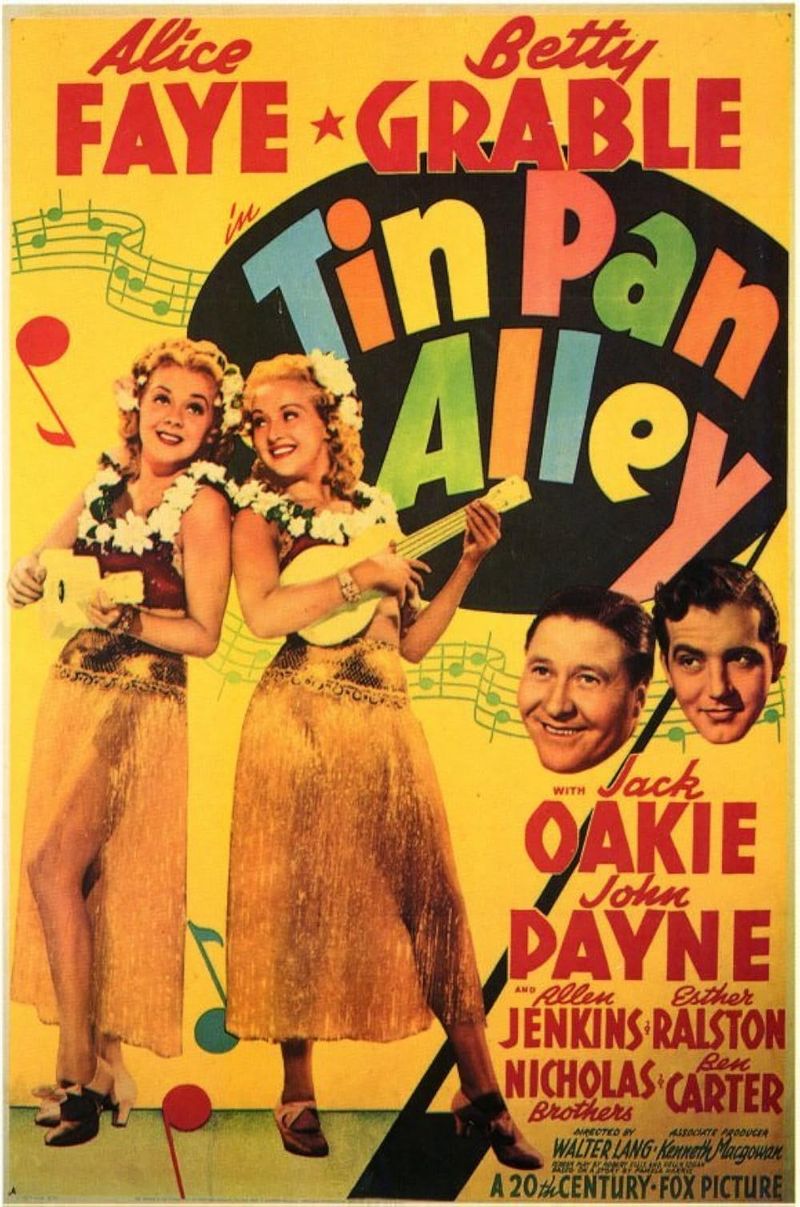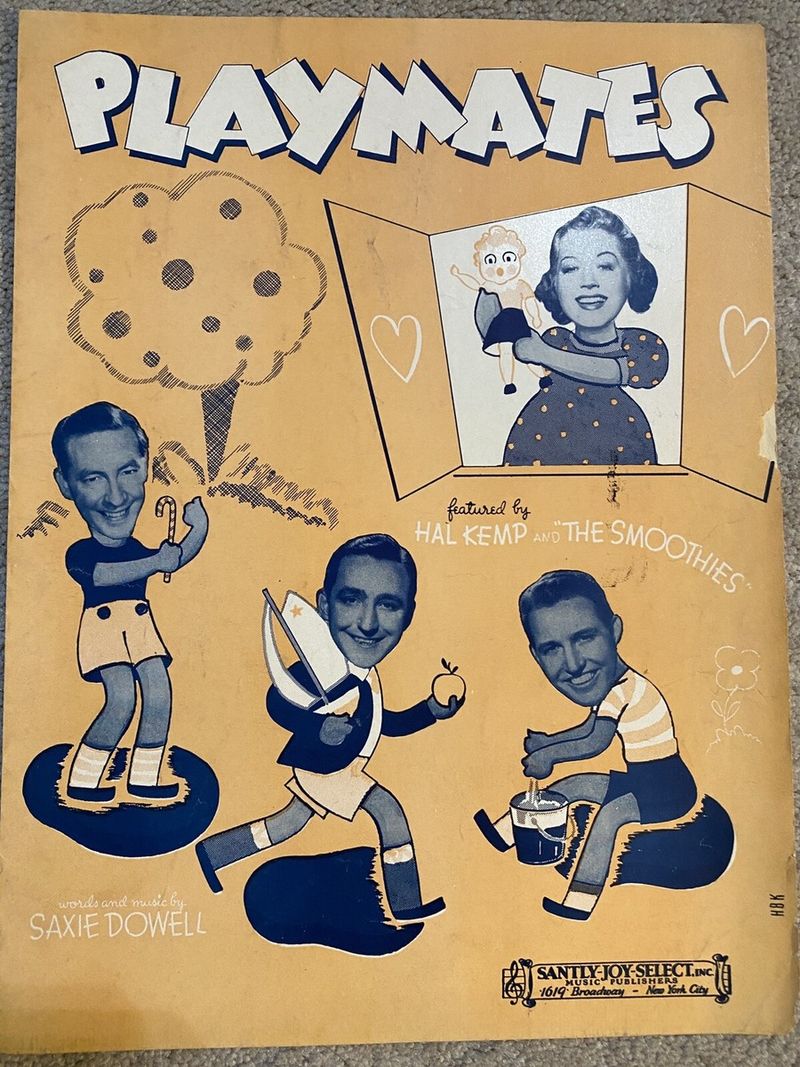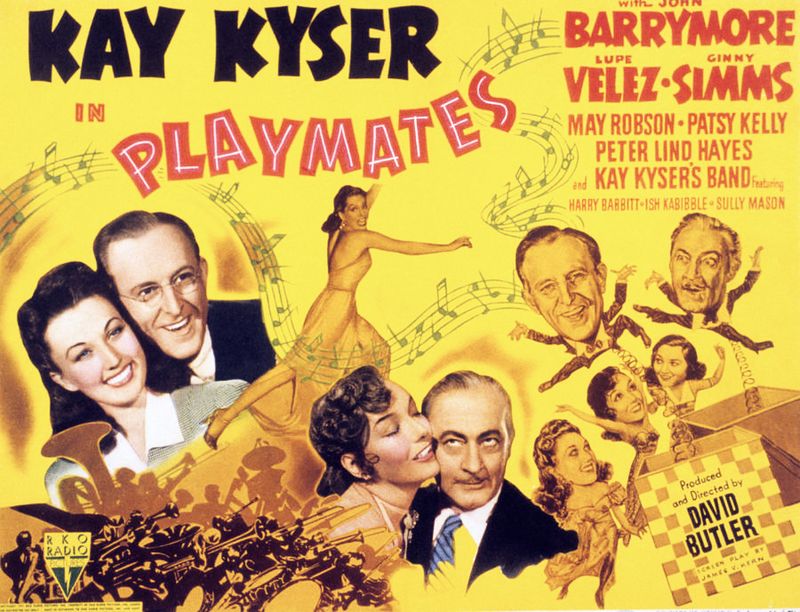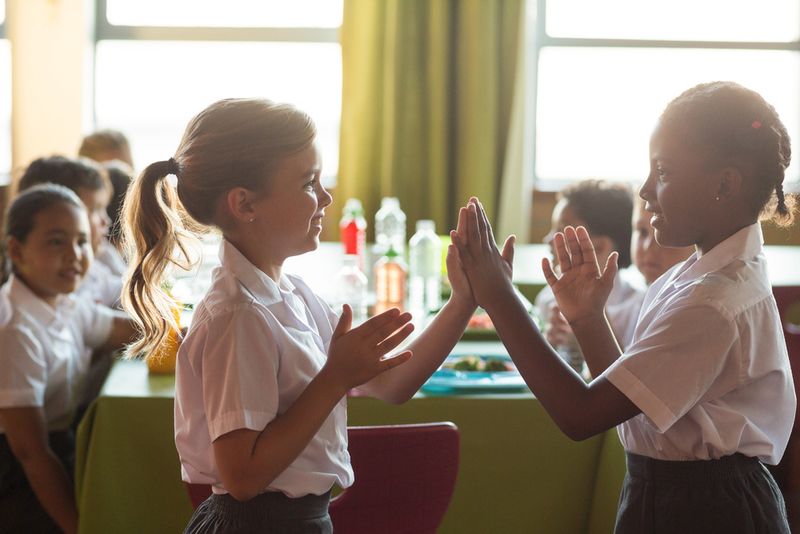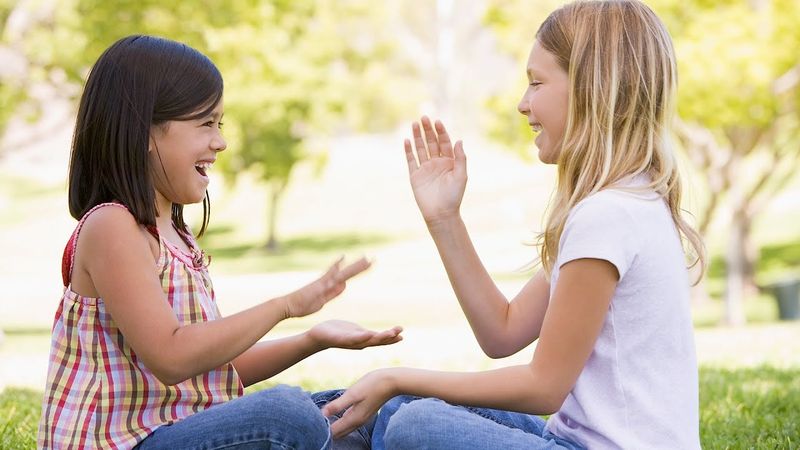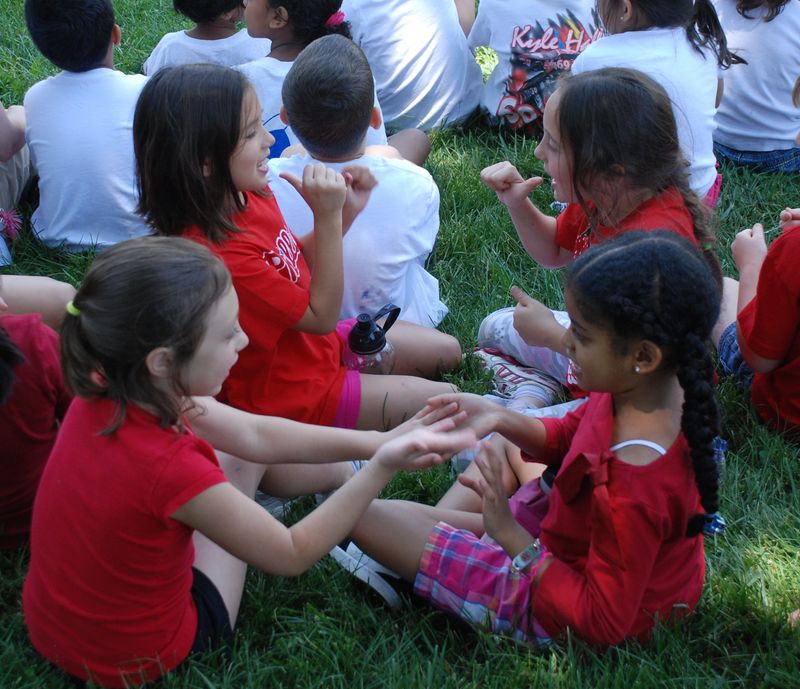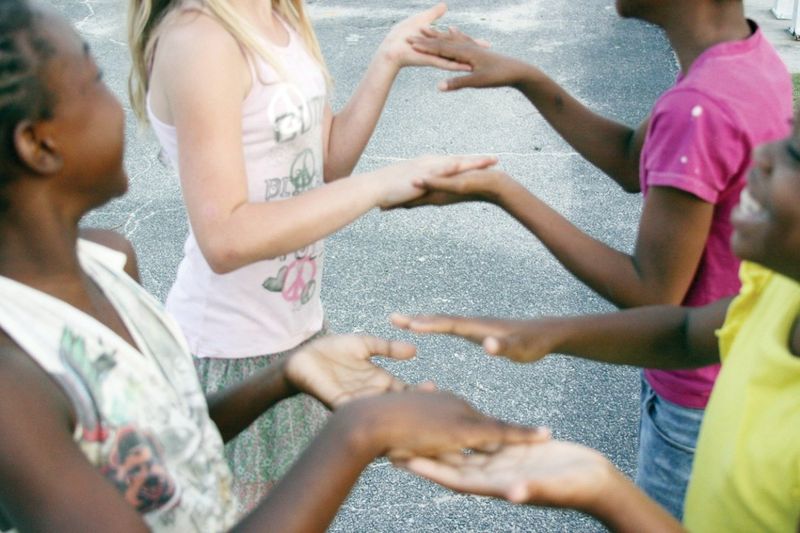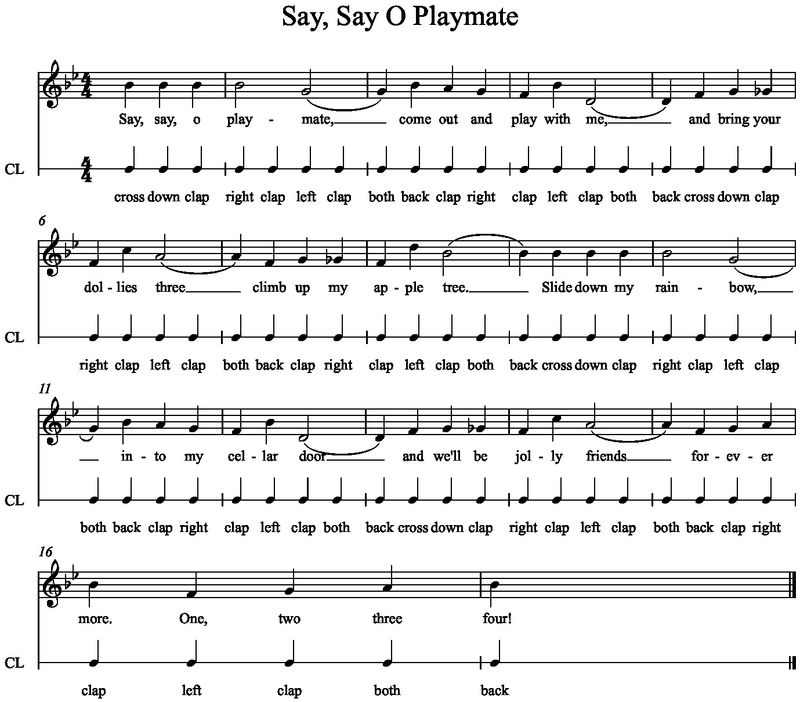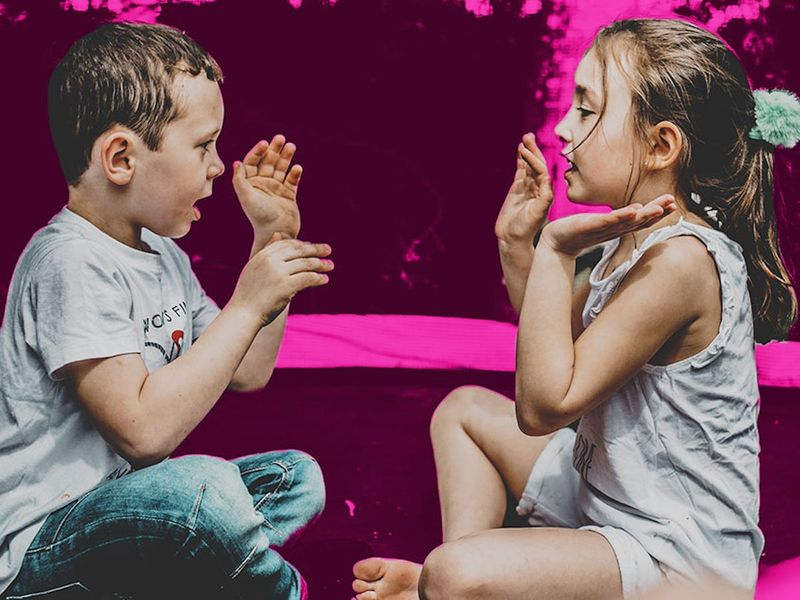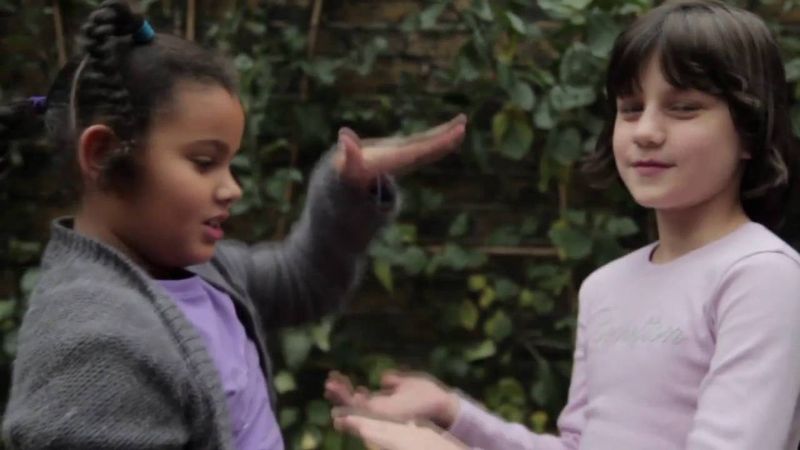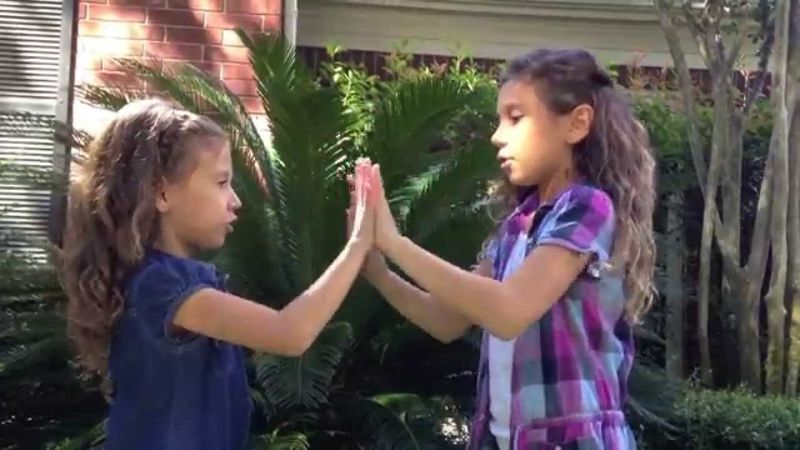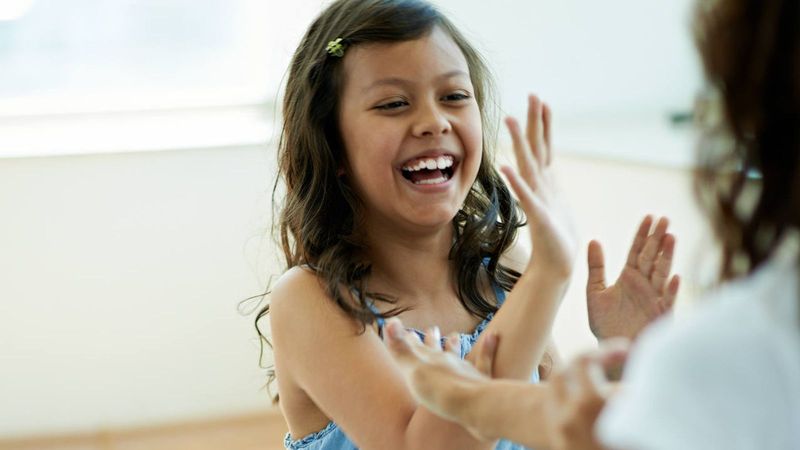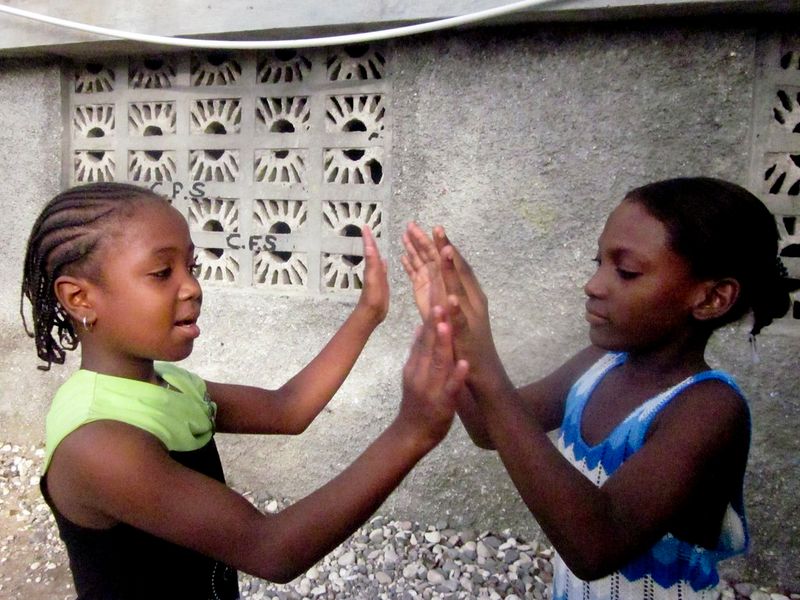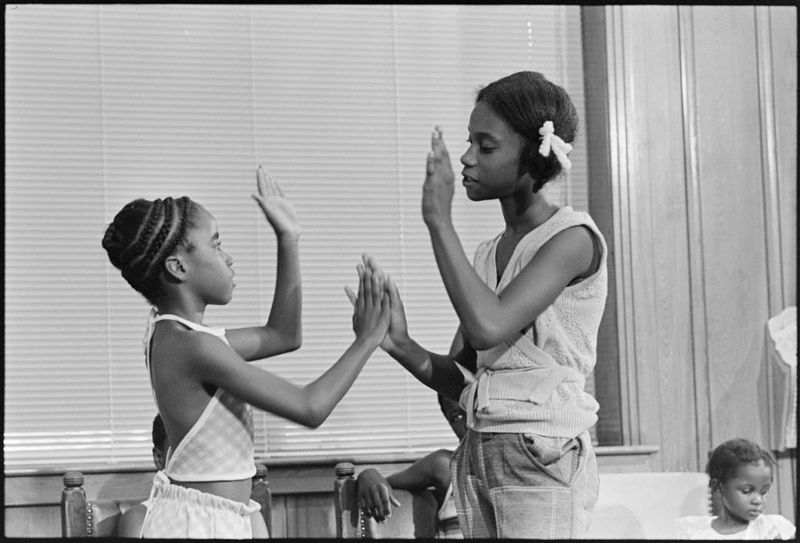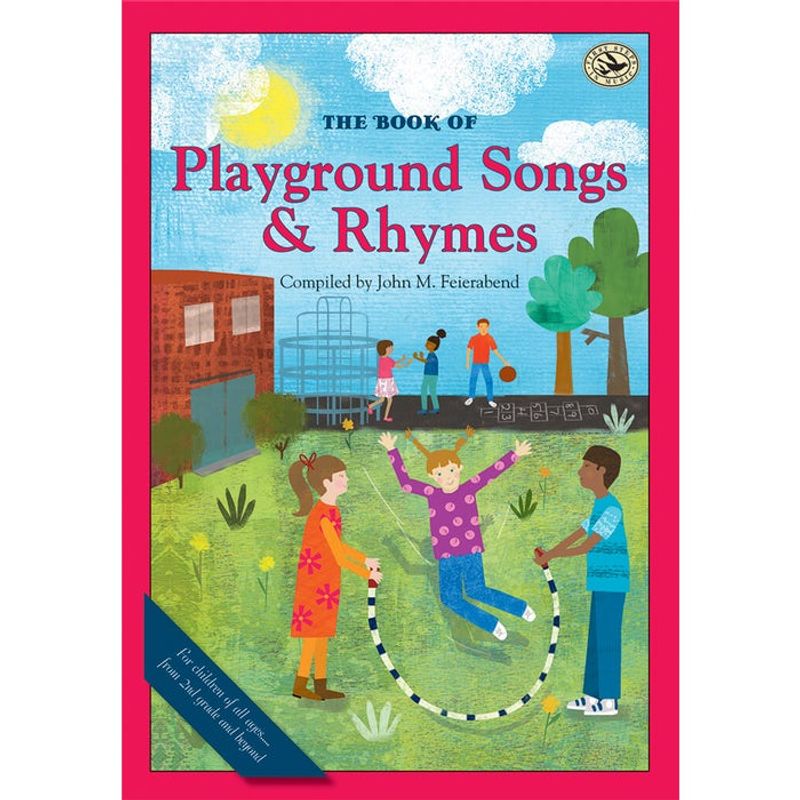Explore the captivating world of “Say, Say, Oh Playmate,” a hand-clapping game cherished by generations. This blog delves into its origins, cultural impact, and quirky transformations over the years. From its start as a Tin Pan Alley song to its presence in modern children’s books, discover 15 intriguing facets of this timeless rhyme.
1. It Was Originally a Tin Pan Alley Song
“Say, Say, Oh Playmate” began its life in 1940 as a Tin Pan Alley song by Saxie Dowell. Originally a sentimental pop tune, this melody, not known for its playground charm, captured hearts with its catchy lyrics. Back in the day, Tin Pan Alley was the center of the music universe where songwriters created tunes that shaped American popular music. This vibrant district in New York City saw the birth of many songs that still echo in our minds today. “Say, Say, Oh Playmate” was one such creation.
2. The Original Title Was “Playmates”
While children fondly know it as “Say, Say, Oh Playmate,” the song’s official title was simply “Playmates.” The simplistic yet charming lyrics made it an ideal candidate for adaptation into playground chants. It’s fascinating how a song with a straightforward title could transform into an interactive game for kids. This title, though unadorned, speaks volumes about its focus on friendship and camaraderie. The emergence of its playground version highlights the creativity and adaptability inherent in oral traditions.
3. It Was Popularized by Kay Kyser
Big band leader Kay Kyser played a pivotal role in popularizing “Playmates” with his orchestra’s recording in 1940. This rendition soared onto the Billboard charts, introducing the tune to a national audience. Known for his engaging performances and radio shows, Kyser brought life to the song, ensuring its place in American musical history. His version resonated with listeners, giving the song a fresh identity beyond its original form. It’s intriguing how a band leader could transform the song into a cultural phenomenon.
4. The Playground Version Changed the Lyrics
Over the years, children have creatively altered the lyrics of “Say, Say, Oh Playmate.” These adaptations often introduced new verses, sometimes humorous or nonsensical. The playground became a canvas for imaginative storytelling through song, with each generation adding its unique twist. From silly rhymes to clever turns of phrase, kids have continually reinvented the song, keeping it alive and relevant. This evolution illustrates the dynamic nature of oral culture, where even a simple tune can inspire endless creativity.
5. It’s a Staple in Hand-Clapping Culture
“Say, Say, Oh Playmate” holds a special place in the realm of hand-clapping games, especially among young girls from the 1940s to the 1990s. This song became a universal language of rhythm and friendship. Its infectious beat and memorable lyrics made it a favorite choice during recess or after school. As a staple in hand-clapping culture, the game transcended generations, providing a sense of continuity and shared experience. It’s remarkable how such simple interactions can forge lasting memories and connections.
6. The Clapping Patterns Vary Regionally
Across the United States, and even within individual schools, the clapping patterns for “Say, Say, Oh Playmate” have shown remarkable variety. Some versions incorporated foot stomps or twirls to add flair. These regional variations highlight the song’s adaptability and its ability to reflect local cultures and personalities. Children personalize the game, making it their own through unique rhythms and movements. This regional diversity enriches the song, demonstrating its flexibility and enduring appeal across different communities.
7. It Was Often Learned on the Playground, Not at Home
The song “Say, Say, Oh Playmate” was primarily learned through peer interaction on the playground rather than being taught at home by parents or teachers. Much like jump-rope rhymes and skipping songs, it spread organically from child to child. This method of transmission highlights the importance of social play in childhood development. The playground served as a hub for cultural exchange, where kids absorbed and passed on their favorite games and songs. This grassroots learning style helped the song endure through generations.
8. It’s Been Referenced in Pop Culture
“Say, Say, Oh Playmate” has made its mark on popular culture, appearing in shows like “The Simpsons” and “Mad Men.” These references showcase the song’s significant impact and its nostalgic value. Its presence in documentaries about childhood traditions underscores its cultural importance. Such appearances in media highlight how deeply ingrained the song is in American life. It continues to resonate with audiences, evoking memories of simpler times. This enduring influence ensures that “Say, Say, Oh Playmate” retains its place in the cultural zeitgeist.
9. Some Versions Have Morbid Twists
Over time, some versions of “Say, Say, Oh Playmate” have included morbid or absurd twists. Lines like “I climbed up your rain barrel / Slid down your cellar door / And broke my little saw” added for comedic effect, demonstrate children’s playful creativity. These quirky lyrics often bring humor to the song, reflecting a dark yet innocent sense of fun. The inclusion of such lines showcases how children use song to explore complex themes in a playful, safe environment. It’s a testament to the imaginative spirit found in playground games.
10. It Was Part of a Broader Oral Tradition
“Say, Say, Oh Playmate” is part of a rich tapestry of oral traditions, alongside games like “Miss Mary Mack” and “Down Down Baby.” These hand-clapping games rely on rhythm, rhyme, and memory, reflecting the artistry of oral transmission. Passed down through generations, they form a vital part of childhood play, connecting children across time and space. These traditions highlight the universal nature of play and the ways in which simple games can bridge cultural and generational gaps, creating bonds through shared experiences.
11. It Survived the Digital Age (Sort Of)
Despite the rise of digital entertainment, “Say, Say, Oh Playmate” still finds relevance today, with videos of children performing the hand game on platforms like YouTube and TikTok. These videos attract millions of views, showcasing the song’s enduring appeal. Even in an era dominated by screens, the simple joy of hand-clapping games continues to captivate. The song’s survival in the digital age reflects its timeless charm and its ability to adapt to new media, ensuring that it remains a cherished part of childhood play.
12. The Lyrics Symbolize Childhood Innocence
The lyrics of “Say, Say, Oh Playmate” epitomize childhood innocence, with themes of friendship, play, and invitation. This nostalgic, idealized view of youth is underscored by the song’s simplicity and charm, even when paired with silly or spooky additions. The song captures a timeless essence of childhood where imagination reigns supreme. Its enduring popularity lies in its ability to evoke feelings of nostalgia and joy. The innocence reflected in the lyrics continues to resonate, offering a glimpse into the carefree days of youth.
13. It Spread Internationally
While “Say, Say, Oh Playmate” itself may not be universally recognized, its structure and format have inspired international counterparts, particularly in the UK and Australia. These similar hand-clapping games share rhythmic and lyrical elements, highlighting the global nature of children’s play traditions. The international spread of this game underscores its universal appeal and the ways in which childhood games transcend cultural boundaries. It serves as a reminder of the shared human experience found in the simple joys of play.
14. Music Historians Take It Seriously
Folklorists and ethnomusicologists study the evolution of “Say, Say, Oh Playmate” to understand how oral culture preserves and transforms music over time. This scholarly interest reflects the song’s significance as a cultural artifact. By examining its adaptations and variations, researchers gain insights into the dynamics of oral tradition and cultural continuity. The song’s journey from a Tin Pan Alley hit to a playground staple offers valuable lessons on creativity, transmission, and the enduring power of music to connect people and generations.
15. You Can Still Find It in Modern Children’s Books
Several children’s music anthologies and activity books continue to include “Say, Say, Oh Playmate,” ensuring its legacy with each new generation. These publications introduce the song to young readers, keeping its playful spirit alive. By featuring the song, authors and educators recognize its cultural value and its role in childhood development. The continued presence of “Say, Say, Oh Playmate” in literature highlights its significance as a timeless piece of childhood nostalgia, allowing it to be rediscovered and cherished by future generations.
